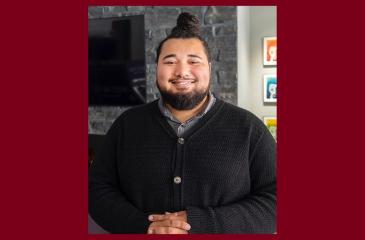How do we face the future? The world around us is changing, and health care in 2028 will look very different than it does today. New technologies, artificial intelligence, big data, personalized therapies—all of these have had and will continue to have enormous impact on how we keep the citizens of Minnesota healthy or bring them back to health.
Today President Kaler announced his plan to restructure University health sciences to better reflect that future. Essentially, the movement is to further integrate the health sciences within and across the University to fully leverage all the disciplines that are a part of improving health and health care. Three academic units will be specifically responsible for certain programs but more importantly will work together closely because almost nothing we do is successful when operating in a silo and very little fits neatly into one box.
As difficult as change is, it is the catalyst we need to realize our full potential.
Clinical programs, including the academic programs most closely tied to our clinical work, will be aligned into a ”Clinical Affairs” enterprise that gives us the increased leverage, broadened interdisciplinary opportunities, and magnified impact to make the University a desirable partner in a competitive world. With clinical programs, including clinical research and clinical training, united and working together, we can improve patient experience and outcomes, leverage all disciplines, fully support infrastructure for clinical research, and prepare the future health care workforce with interprofessional clinical training. This allows us to better fulfill our mission statewide.
In partnership with the Provost’s office, we will refocus our energies and establish our leadership in interprofessional education on University-wide stage. As a team, we gain new opportunities for connections outside the health sciences.
Success also depends on a close working relationship with the Office of the Vice President for Research. Aligning research centers and cores into departments or units that also serve the same mission will help eliminate duplication of effort and enhance collaboration.
As difficult as change is, it is the catalyst we need to realize our full potential. I hope that we will all meet this challenge in the spirit the University leadership has envisioned—a point of departure for an enlightened future.
As we move forward, there will be questions and problems and bumps in the road. Your engagement will be critical to finding the best way forward. With change comes the opportunity to identify areas for improvement. I would ask you to bring me lots of little problems, so that we can find the solutions before they become huge problems. I would also ask that you talk to your colleagues, that you share your ideas, and that you help us build the best structure to support our faculty and students.
In all these efforts, I hope we will find new ways to work together. The complexity of the future requires that we begin to emphasize teamwork, cross-disciplinary collaboration, cross-University collaboration, and an increased effort to look beyond ourselves and our own knowledge.
The best science, the best education, the best clinical care — none of this depends on structure. Our interconnection, our diverse experiences, and our combined expertise will give us the collective power to train students for the future, discover and develop new therapies, enlarge our knowledge, and bring the best possible patient-centered care to our communities.



